Quantum mechanics suggests that particles can be in a state of superposition - in two states at the same time - until a measurement take place. Only then does the wavefunction describing the particle collapses into one of the two states. According to the Copenhagen interpretation of quantum mechanics, the collapse of the wave function takes place when a conscious observer is involved. But according to Roger Penrose, it’s the other way around. Instead of consciousness causing the collapse, Penrose suggested that wavefunctions collapse spontaneously and in the process give rise to consciousness. Despite the strangeness of this hypothesis, recent experimental results suggest that such a process takes place within microtubules in the brain. This could mean that consciousness is a fundamental feature of reality, arising first in primitive bio-structures, in individual neurons, cascading upwards to networks of neurons, argues Roger Penrose collaborator Stuart Hameroff.
Consciousness defines our existence. It is, in a sense, all we really have, all we really are, The nature of consciousness has been pondered in many ways, in many cultures, for many years. But we still can’t quite fathom it.
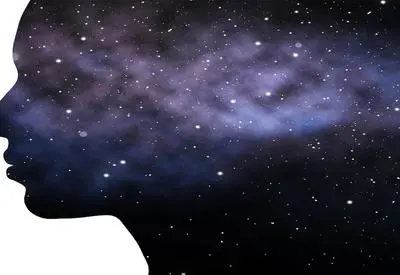 SUGGESTED READING
What physicists get wrong about consciousness
By Philip Goff
Consciousness is, some say, all-encompassing, comprising reality itself, the material world a mere illusion. Others say consciousness is the illusion, without any real sense of phenomenal experience, or conscious control. According to this view we are, as TH Huxley bleakly said, ‘merely helpless spectators, along for the ride’. Then, there are those who see the brain as a computer. Brain functions have historically been compared to contemporary information technologies, from the ancient Greek idea of memory as a ‘seal ring’ in wax, to telegraph switching circuits, holograms and computers. Neuroscientists, philosophers, and artificial intelligence (AI) proponents liken the brain to a complex computer of simple algorithmic neurons, connected by variable strength synapses. These processes may be suitable for non-conscious ‘auto-pilot’ functions, but can’t account for consciousness.
SUGGESTED READING
What physicists get wrong about consciousness
By Philip Goff
Consciousness is, some say, all-encompassing, comprising reality itself, the material world a mere illusion. Others say consciousness is the illusion, without any real sense of phenomenal experience, or conscious control. According to this view we are, as TH Huxley bleakly said, ‘merely helpless spectators, along for the ride’. Then, there are those who see the brain as a computer. Brain functions have historically been compared to contemporary information technologies, from the ancient Greek idea of memory as a ‘seal ring’ in wax, to telegraph switching circuits, holograms and computers. Neuroscientists, philosophers, and artificial intelligence (AI) proponents liken the brain to a complex computer of simple algorithmic neurons, connected by variable strength synapses. These processes may be suitable for non-conscious ‘auto-pilot’ functions, but can’t account for consciousness.
Finally there are those who take consciousness as fundamental, as connected somehow to the fine scale structure and physics of the universe. This includes, for example Roger Penrose’s view that consciousness is linked to the Objective Reduction process - the ‘collapse of the quantum wavefunction’ – an activity on the edge between quantum and classical realms. Some see such connections to fundamental physics as spiritual, as a connection to others, and to the universe, others see it as proof that consciousness is a fundamental feature of reality, one that developed long before life itself.
___
___
Penrose was suggesting Objective Reduction not only as a scientific basis for consciousness, but also as a solution to the ‘measurement problem’ in quantum mechanics. Since the early 20th century, it has been known that quantum particles can exist in superposition of multiple possible states and/or locations simultaneously, described mathematically as a wavefunction according to the Schrödinger equation. But we don’t see such superpositions because, it appeared to early quantum researchers, the very act of measurement, or of conscious observation, seemed to ‘collapse’ the wavefunction to definite states and location - the conscious observer effect - consciousness collapsed the wavefunction. But this view put consciousness outside the purview of science. Another proposal is ‘Many Worlds’ in which there is no collapse, and each possibility evolves its own universe.
Penrose turned the conscious observer around. Instead of consciousness causing collapse, wavefunctions collapsed spontaneously, causing a moment – a ‘quantum – of consciousness. Collapse, or quantum state reduction, occurred at an objective threshold in the fine scale structure of spacetime geometry.
___
___







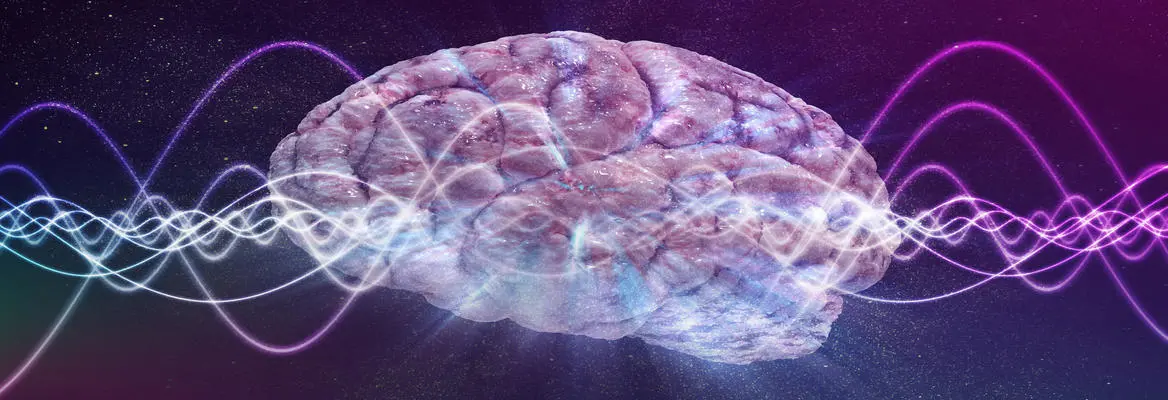


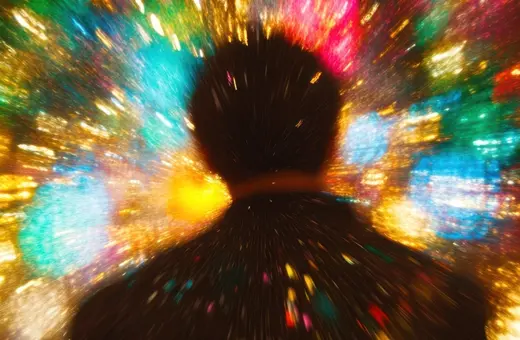
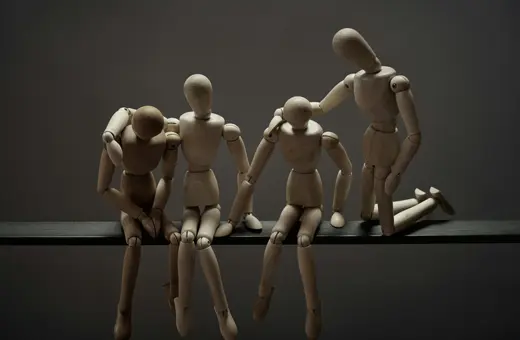
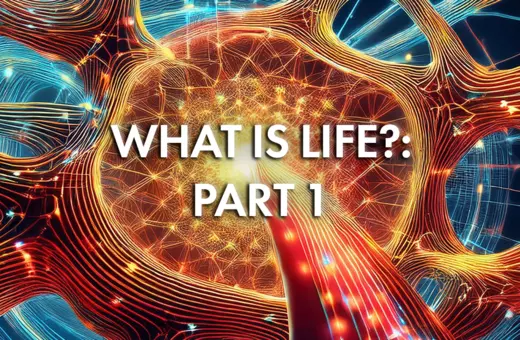

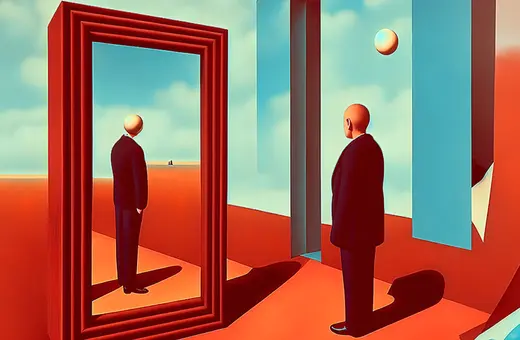
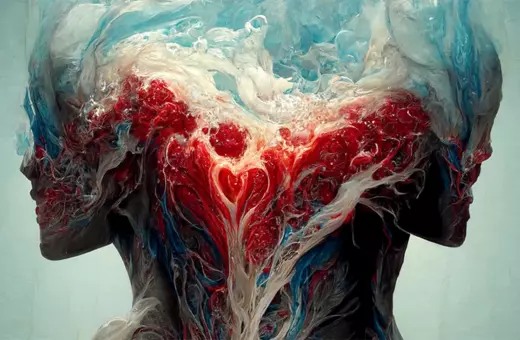

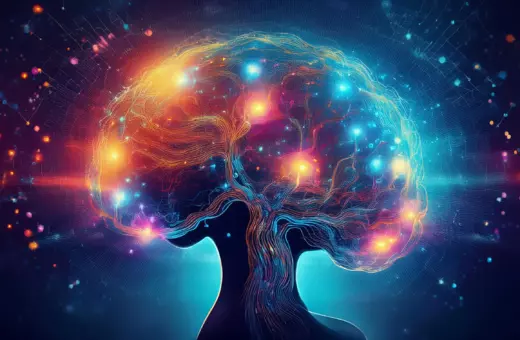



Join the conversation